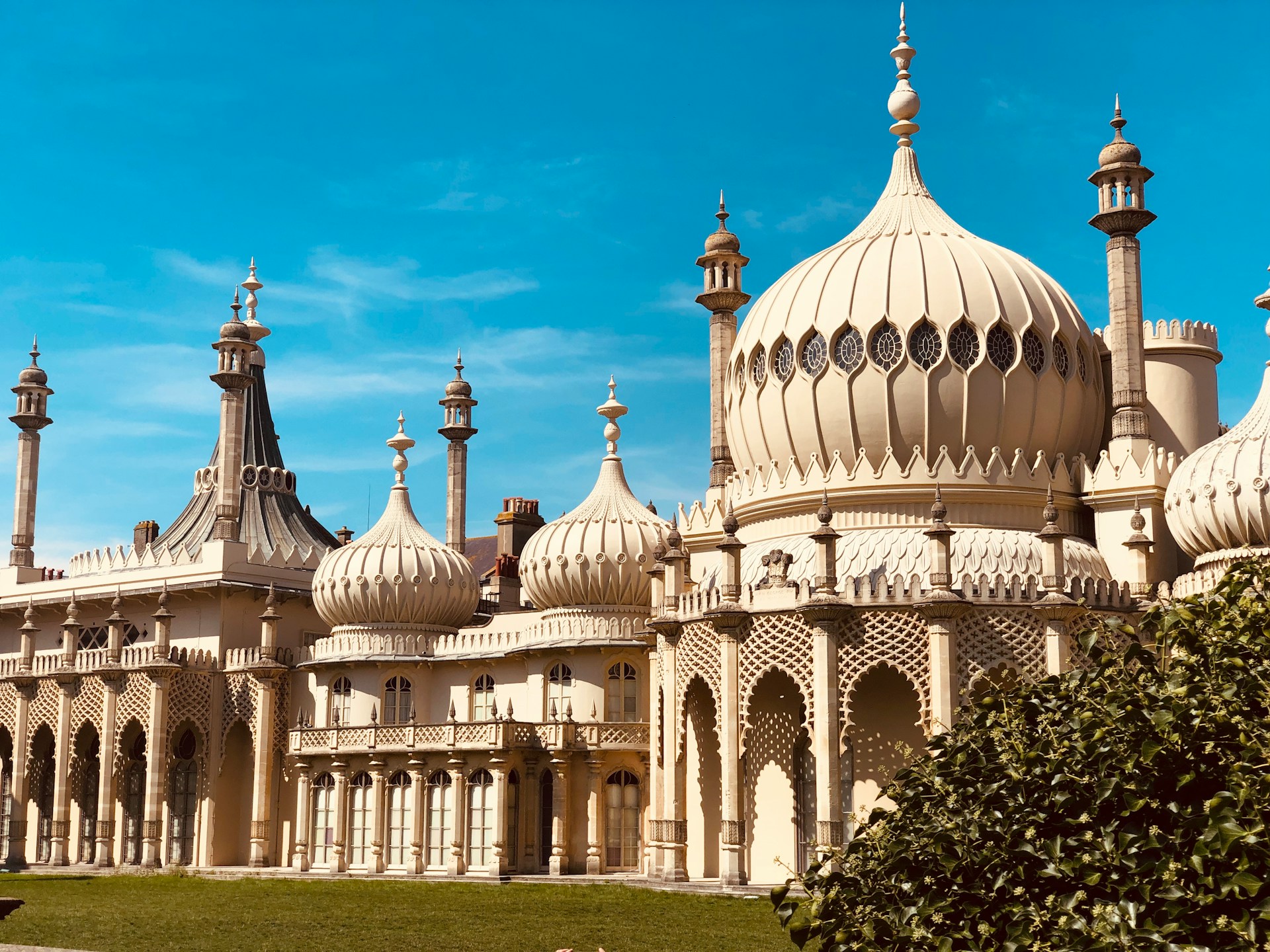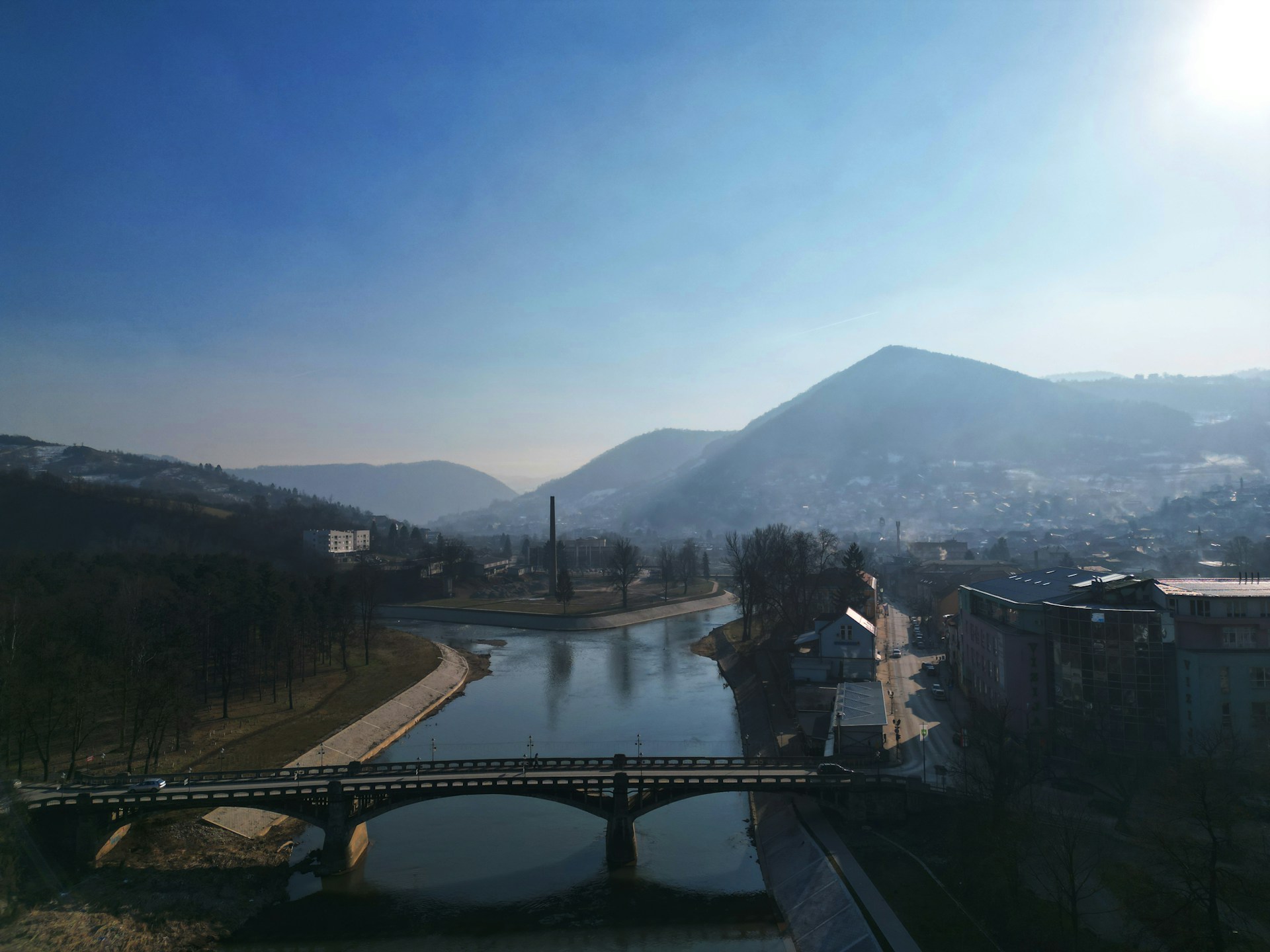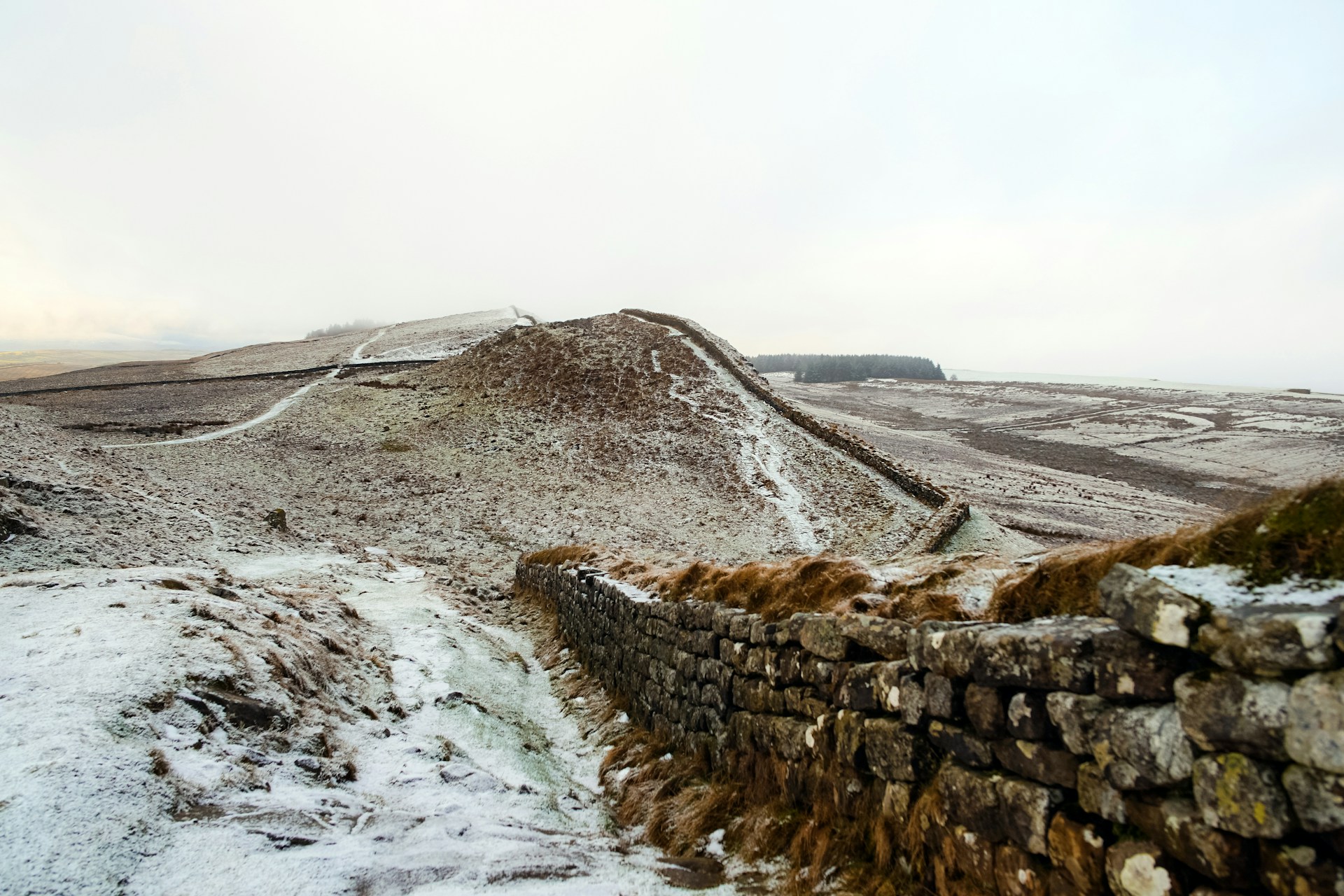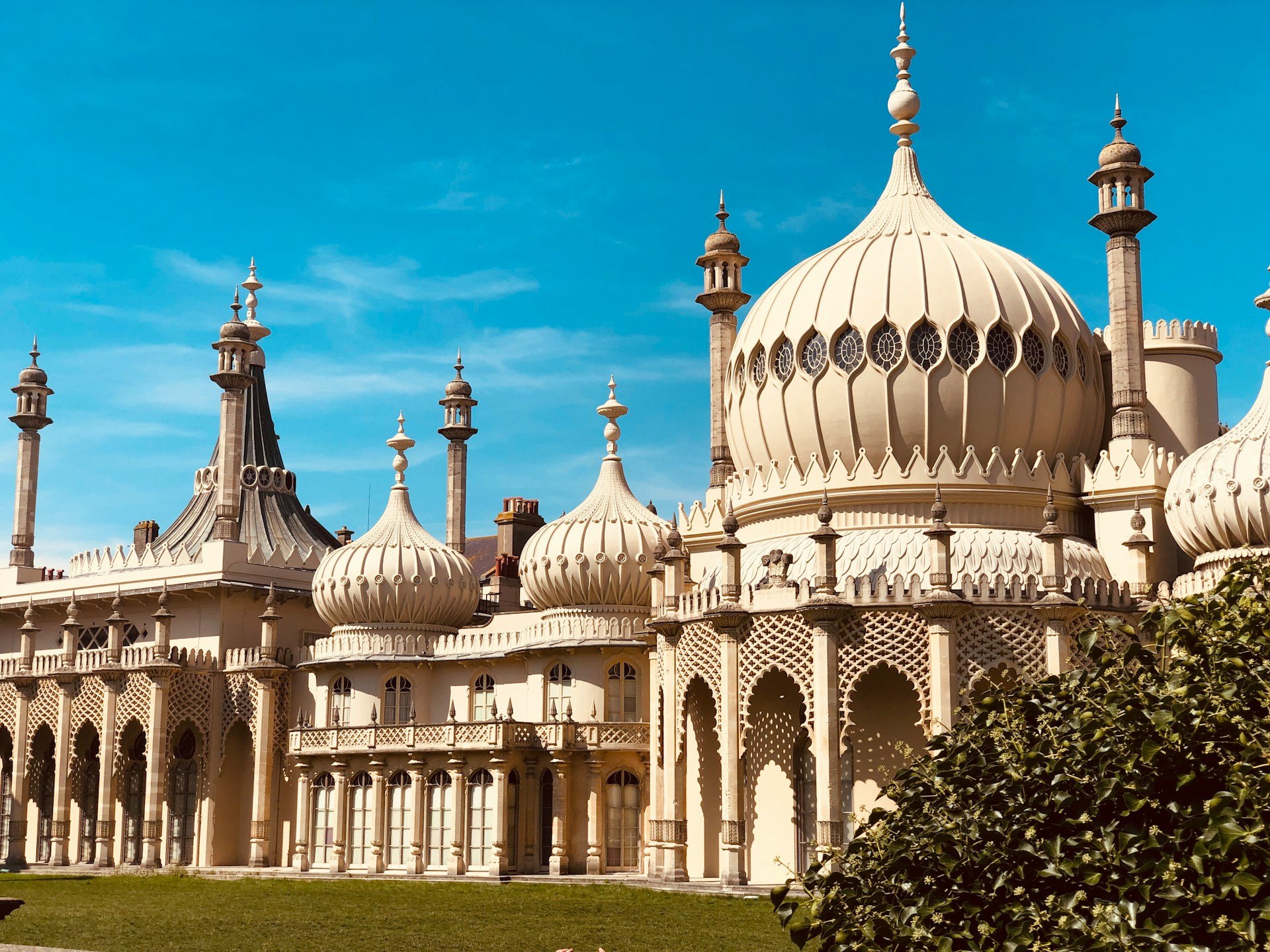Many holiday goers are looking for an adventure that won’t break the bank or leave them feeling lost in the crowd. Saying goodbye to the hustle and bustle, some travellers are saying hello to the charm of lesser-known destinations across the UK and Europe in a bid to escape overtourism.
While the 7 Wonders of the World hold legendary status, they often come with hefty price tags and endless queues. In light of this, the travel experts at SkyParkSecure have put together a list of alternative locations to the seven wonders of the world.
From the mystical landscapes of the Glanum, France to the vibrant quaint city of Chester, UK, there’s something for everyone eager to uncover world-class sights with affordability and tranquillity in mind.
Seven Wonders of the World Dupes
Check out what we have revealed as the UK and European dupes to the iconic seven wonders of the world…
- Dupe for Christ the Redeemer, Brazil: Sanctuary of Christ the King, Portugal
- Dupe for The Colosseum, Rome: Roman Amphitheatre, Chester, UK
- Dupe for Taj Mahal, India: Royal Pavilion, Brighton, UK
- Dupe of Petra, Jordan: Cenobio de Valerón, Spain
- Dupe for Chichen Itza, Mexico: The Bosnian Pyramid, Bosnia and Herzegovina
- Dupe to Machu Picchu, Peru: Glanum, France
- Dupe of Great Wall of China, China: Hadrian’s Wall, Cumbria, UK
If you’re looking to take a break and visit one of these great alternative European destination dupes, then you’ll also want to be getting a good deal on your SkyParkSecure airport parking – book early for the best prices.
Dupe for Christ the Redeemer, Brazil: Sanctuary of Christ the King, Portugal

Christ the Redeemer is a statue of Jesus Christ situated on the top of Mount Corcovado in Rio de Janeiro, Brazil. It is the largest art deco sculpture in the world, standing at 30 meters tall.
The perfect ‘dupe’ for the colossal seven wonder of the world, is the Catholic statue Sanctuary of Christ the King. The statue can be seen in the city Almada overlooking the capital of Portugal, Lisbon and was inspired by Christ the Redeemer being erected nine years after.
The statue is a perfect dupe for those looking for a more affordable spectacle to visit.
Dupe for The Colosseum, Rome: Roman Amphitheatre, Chester, UK
Travel experts have discovered two perfect dupes for the Colosseum in Rome, one of which can be found in the UK.
Located in the heart of Italy’s capital Rome, is one of the seven wonders – the Colosseum. An oval shaped amphitheatre from the AD80, it is the largest amphitheatre ever built and is visited by hundreds of thousands each year.
A more cost-effective alternative in the UK is the Chester Roman Amphitheatre. Located in Chester, Cheshire, it is the UK’s oldest amphitheatre dating back to the 1st century. Once being used for military training and being discovered again in 1929, it is a perfect alternative to the seventh wonder.
A European alternative to Rome’s Colosseum with fewer crowds but equally as beautiful is The Pula Arena in Croatia. Pula Arena is the only remaining amphitheatre to have four side towers perfectly preserved and was constructed between 27 BC and AD 68.
Dupe for Taj Mahal, India: Royal Pavilion, Brighton, UK

The Taj Mahal is a rich component of India’s history, taking 22 years to complete. The marble mausoleum was built by Mughal emperor Shah Joahan for his wife who died in 1631. Located in Agra India, the Taj Mahal surrounded by 42 acres, is not only a wonder of the world but is also recognised as a UNESCO World Heritage Site.
The UK’s very own dupe for the Taj Mahal is Brighton’s Royal Pavilion, perfect for anyone looking to view beautiful architecture on a budget.
The Grade one listed building in Brighton, England, was built in 1787 as a seaside resort for King George VI and later sold to the City of Brighton in 1850.
Dupe of Petra, Jordan: Cenobio de Valerón, Spain
The city of Perta, Jordan can be found in a remote valley amongst sandstone mountains and cliffs. One of the seven wonders, it featured in the blockbuster ‘Indiana Jones and The Last Crusade’ and brings in many visitors each day.
The sandstone structure is believed to have been built in the 3rd century BC by the Nabataeans and rediscovered again in 1912.
Cenobio de Valerón located in Gran Canaria, Spain is a great European alternative for Petra.
The complex system of caves is an archaeological park built before Roman times and used by its inhabitants until the end of the 15th century. The site is open for visitors all year round, it is free to visit but for safety reasons the caves themselves are closed off to the public.
Dupe for Chichen Itza, Mexico: The Bosnian Pyramid, Bosnia and Herzegovina

Chichen Itza is a Mayan city on the Yucatan Peninsula in Mexico, with the most notable structure being the stepped pyramid. With a total of 365 steps and standing 24 meters tall, this monument is among the 7 wonders of the world.
An alternative to the 7th wonder, which is closer to home but still a bucket list location, is The Bosnian Pyramid of The Sun.
The Bosnian Pyramid is in the area of Visoko in central Bosnia and Herzegovina. The hills are natural formations known as flatirons but there are rumours claiming that the hills are a human construction. It is a fascinating phenomenon to add to your bucket list whilst also not breaking the bank.
Dupe to Machu Picchu, Peru: Glanum, France
Machu Picchu, another of the seven wonders, is an Incan site near Cuzco, Peru. It is a mystery what Machu Picchu was used for back in the 16th century. Some historians believe the site was home to women who lived in convents or a pilgrimage site.
Glanum in France is a great alternative to the legendary site. Once a thriving city of wealth and heritage, it nestles beneath the Alpilles mountains. The beauty remains untouched, framed by a striking gorge. A short distance away, just one kilometre south, lies the quaint town of Saint-Rémy-de-Provence, adding to the charm of this ancient site.
Dupe of Great Wall of China, China: Hadrian’s Wall, Cumbria, UK

The Great Wall of China is the world’s largest building-construction project at 13,170 miles long. Construction began on the wall in the 7th century BC and continued for two millennia.
The UK’s alternative to the Great Wall of China is Hadrian’s Wall in Cumbria, UK. Although it doesn’t come close to the length of the Great Wall of China, it is great for those who want a cheaper alternative without the expense of flights.
Hadrian’s Wall runs from Wallsend on the River Tyne in the east to Bowness-on-Solway in the west and is 73 miles long. The wall is the largest Roman archaeological feature in Britan and was built to guard the wild north-west frontier of the Roman Empire.
Photos by:
Motoki Tonn – Unsplash | Ana Simon – Unsplash | Ammar Sabanovic – Unsplash | Toa Heftiba – Unsplash






